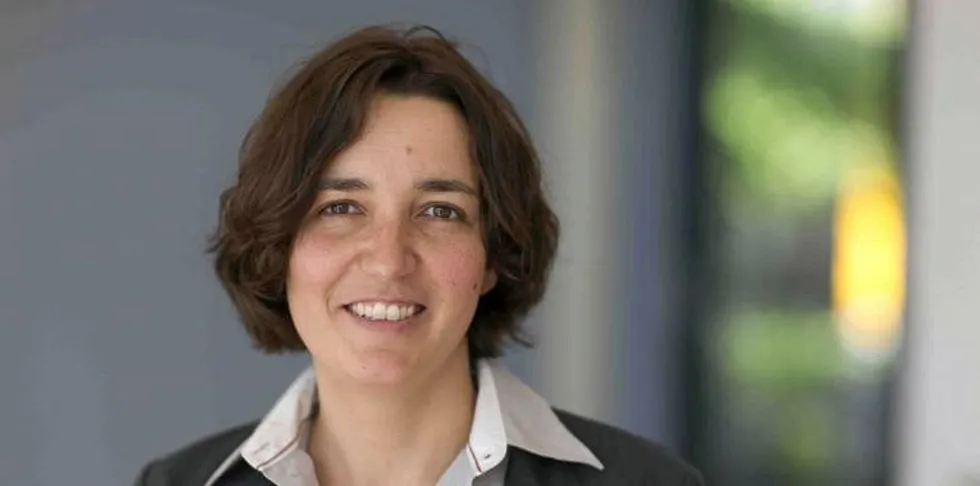'We are all pushing a large wave of projects to 2030 – this will not make it easy for anyone'
Taking over as head of Vattenfall's offshore wind business – including Europe's first zero-subsidy project – during Covid has taught Catrin Jung 'quite a bit', she tells Darius Snieckus
